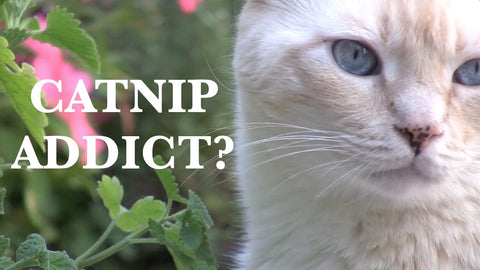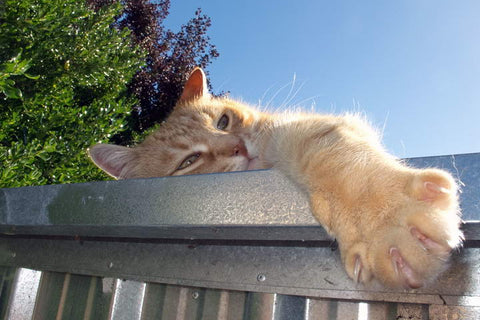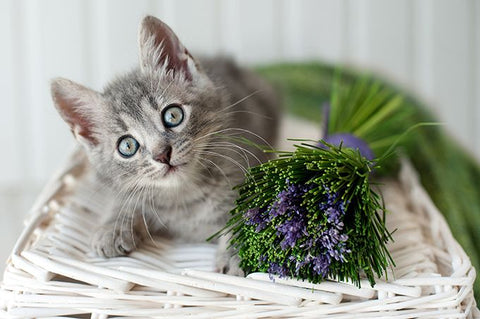Catnip, scientifically known as Nepeta cataria, has long held a mystical allure over our feline companions. The euphoric reactions cats exhibit in its presence have entertained and puzzled humans for centuries. But beneath the surface of those enchanting moments lies a curious phenomenon - the catnip addiction roller coaster. In this blog, we delve into the intriguing world of catnip, exploring why cats are drawn to it, the mesmerizing effects it induces, and how their enthusiasm can plummet into indifference almost instantly.
1.The Catnip Attraction

Catnip, a member of the mint family, contains a compound called nepetalactone, which triggers intense reactions in susceptible cats. About 50-75% of cats inherit the sensitivity to nepetalactone through a genetic trait. When cats come into contact with catnip, whether it's in its natural plant form, dried, or infused into toys, their reactions can be quite dramatic.
2.The High: Blissful Euphoria
The initial exposure to catnip often leads to an array of behaviors that may appear amusing and endearing to us, the observers. Cats might roll, rub, purr, and playfully engage with the catnip-laden object. Some cats become hyperactive, darting around the room as if chasing imaginary prey. Others may simply lie on their backs, legs akimbo, in a state of pure euphoria.
Behind these entertaining antics lies a biological response. When a cat smells catnip, the nepetalactone binds to receptors in their nasal tissue, stimulating sensory neurons that affect behavior. This interaction can induce a pleasurable and almost euphoric state that lasts for about 10 to 15 minutes.
3.The Low: A Rapid Descent into Indifference
However, the party doesn't last forever. Catnip addiction, if we can call it that, seems to have a short attention span. Cats can quickly transition from an exuberant high to complete indifference. After indulging in the catnip's effects, the sensory neurons become temporarily unresponsive to the compound. This is why your cat might lose interest in the toy or catnip patch, seemingly out of the blue.
This dramatic shift can sometimes leave cat owners baffled. One moment, your feline friend is engrossed in a state of feline bliss, and the next, they're walking away nonchalantly as if nothing had happened.
4.Managing the Highs and Lows
Understanding the dynamics of catnip's effects can help cat owners manage their pets' interactions with it. To prevent overexposure and potential addiction, it's a good idea to limit catnip sessions to about once every two weeks. This allows cats to fully reset their sensitivity to nepetalactone, ensuring that each experience remains enjoyable.
Moreover, introducing a variety of toys and activities can help prevent dependency on catnip for entertainment. Cats can grow tired of catnip if it becomes their sole source of amusement. Alternating between interactive play, puzzle feeders, and other enrichment activities can provide a well-rounded and engaging environment for your feline friend.
Conclusion
The tale of catnip addiction is one of fleeting euphoria and unexpected indifference. Cat owners are treated to a spectacle of adorable and sometimes quirky behaviors when their furry companions interact with this enigmatic herb. Recognizing the transient nature of these reactions can help us better appreciate the unique charm of catnip and ensure that our feline friends remain engaged, entertained, and content in their interactions with the world around them.
